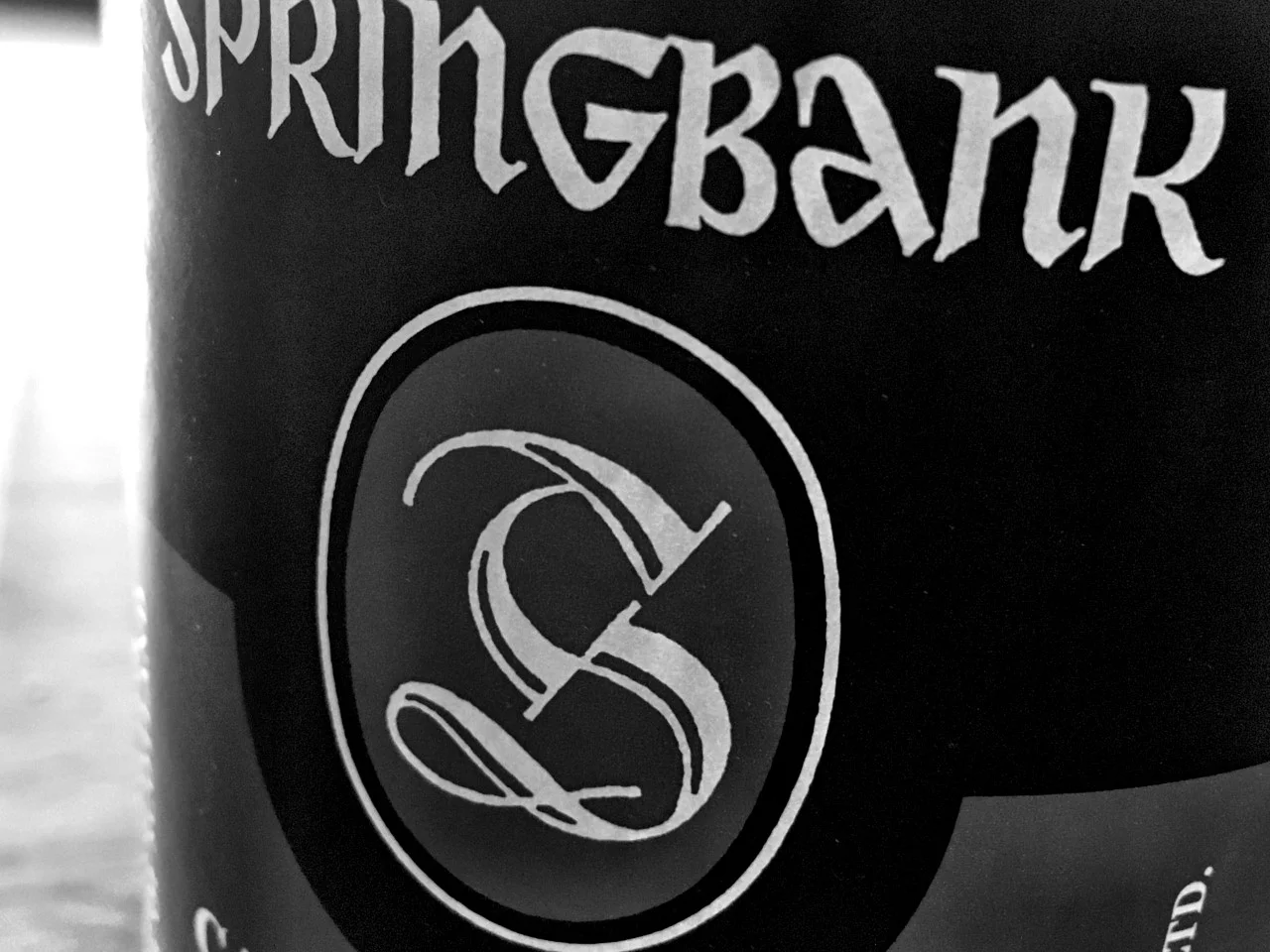How awful it is to be told that you’ll understand something when you’re older, especially when you grow up and realize—holy shit—you actually do understand something now that you didn’t before.
In many ways, Springbank is to distilleries what bands like Frank Zappa, Captain Beefheart, and Mr. Bungle are to rock and roll. Despite the high praise from people who seem to be in the know, there’s almost nothing to hook anyone looking for a casual experience. As a result, you’re left in the dark as you try to sort out whether the fanatics are experiencing some kind of “Emperor’s Clothes” mass delusion, or whether it’s really you who’s the dummy.
It certainly doesn’t help that some of the most insufferable scotch snobs I’ve ever interacted with will say that Springbank is their desert island, “if I could only have one” kind of scotch. Hell—any whisky. Any drink, even.
“Like the best scotches, the flavors of Springbank 12 are all so cohesive that they come at you in waves and shift around based on where the scotch happens to fall on your tongue. ”
My first experience with the company’s flagship 10-year version was underwhelming, to say the least. Reaching back into my memory banks, I thought it suffered from two main shortcomings: I didn’t think it had a focused set of flavors (if anything, it tasted a little dirty to me at that time), and secondly, the 46% ABV felt to me like it was trying to overcompensate for its lack of depth. Like those guys at parties who talk politics—loudly—despite not having read a book or a news article in the last year.
But as you might guess, I got Springbank dead wrong, and what better evidence of this than to find that the 12-year version—which is higher-proofed, more expensive, and in general just more Springbank all around—became one of my favorite scotches of all time.
So first, the “dirty” aspect I’d mentioned before: Springbank can charitably be called a funky whisky. As in, it has funk. There’s an earthy, rooty quality to Springbank that permeates the whole experience. Certain smells yield an aroma of mulch, and even when tasting you’ll ask yourself whether certain sips taste a little like burlap, leather, pencil lead, or sawdust. If you smell or taste these things, rest assured you aren’t crazy.
But as I expanded my palate and got more attuned to looking for what was hidden away in a scotch, the more Springbank 12 rewarded me. There are wonderful aromas of roasted hazelnuts, milk chocolate, and roasted herbs that all together smell a little bit like a good Christmas appetizer spread.
And the taste! Oh, lordy. It’s bitter, but it’s bitter like the bergamot of a cup of Earl Gray tea that hasn’t been over-steeped. It’s also very pleasantly sweet, with licorice, lemon merengue, and roasted marshmallow. And on the finish, so many small things combine together. The wisps of caramel get a little saltier. The chocolate turns from milk to dark. Some additional spices wave hello. The sherry finish leaves just a slight bit of grape skin behind that’s pleasantly dry on the palate, and there’s just enough peat to lend sophistication.
Which, uh, sounds like a lot. Because, quite frankly, it all is. But like the best scotches, the separate flavors are all so cohesive that they come at you in waves and shift around based on where the scotch happens to fall on your tongue. Some sips, it’s a little heavier on oranges or lemons. On others, you get more of the minerality, like slate and graphite. Those who are paying attention will be rewarded when they continually find something new to tease out.
Oppositely, those who aren’t interested in paying attention or don’t quite know how to pay attention are going to feel left out. They’re going to try a $90+ dollar whiskey and conclude that it’s weird and decidedly not smooth, and who in their right mind would like this stuff? Or worse yet, someone new to scotch might take a sip of this stuff and falsely conclude, “If this is the best scotch has to offer, then it’s sure as hell not for me.”
To come full circle and go back to the “you’ll understand when you’re older” platitude: I realized that we’re not really bothered that our opinion changes as we age. What stings is that someone once condescended to us, and our life experience now seems to suggest that this person from the past was justified in treating us like a total dummy. Even if they were right, we resent them for it.
I don’t want to be another snob. It’s fine to not like Springbank, and the 12-year can be a hard sell. I don’t often gift it to others, and I know that some might have legitimate reasons for not enthusiastically jumping into the middle of a cask strength, pay-to-play, crazy flavor vortex.
All that said, I’ll be goddamned if I, personally, didn’t see the light. I think this stuff is absolutely wonderful. I wish holding that opinion put me in better company, but I’ll try not to hold it against Springbank. To me, this is one of those bottles that lavishly rewarded me for developing my palate, and I hope at some point Springbank 12 will grant you a similarly awesome series of experiences.


